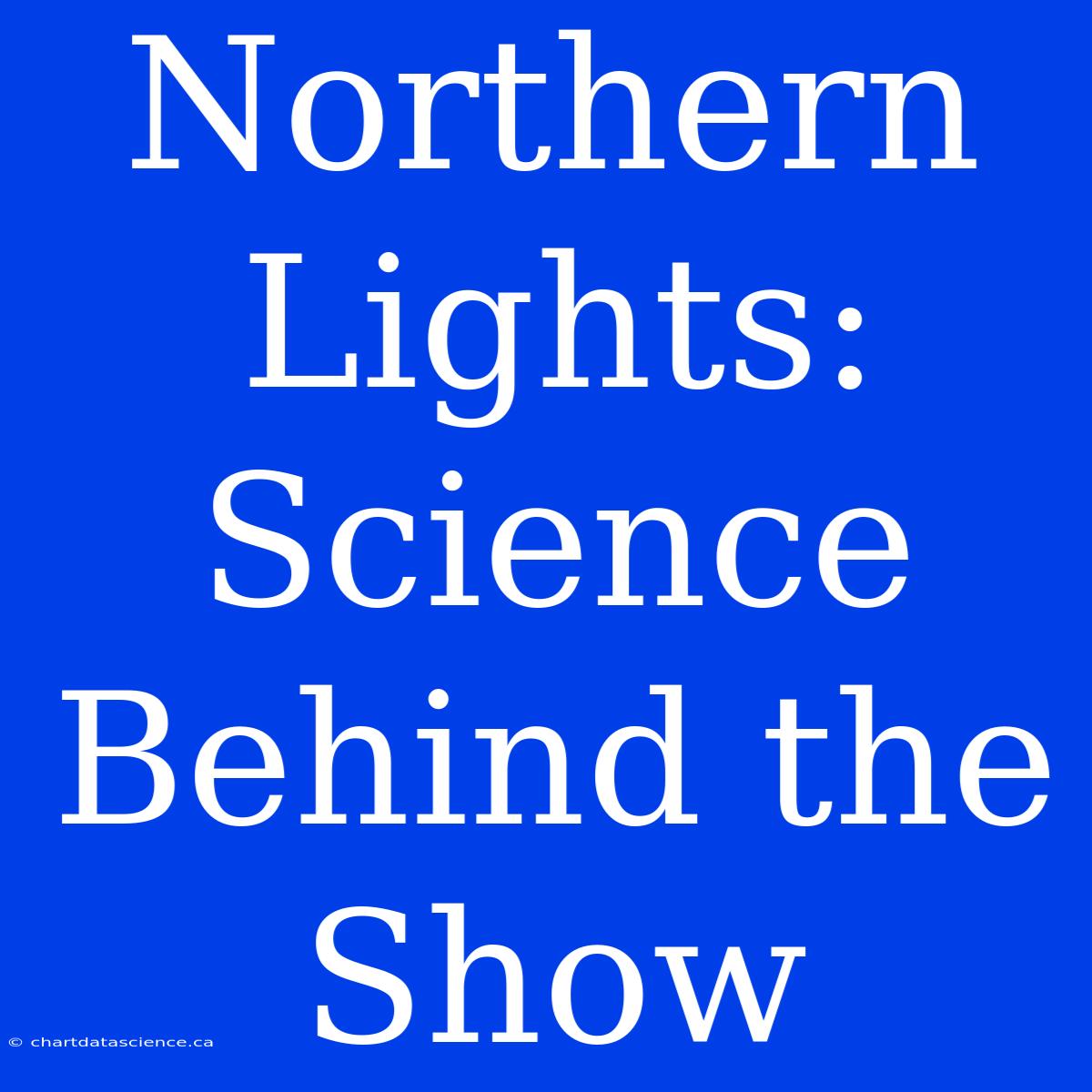Northern Lights: Science Behind the Show
Have you ever looked up at the night sky and seen a vibrant, shimmering display of green, purple, and red lights dancing across the horizon? If so, you've witnessed the awe-inspiring aurora borealis, also known as the Northern Lights. But what exactly causes this breathtaking natural phenomenon? Let's delve into the science behind this celestial show.
The Sun's Role in the Northern Lights
The auroras are a direct result of the sun's activity. Our sun, a giant ball of hot gas, constantly emits a stream of charged particles known as the solar wind. These particles are mostly protons and electrons, traveling at incredible speeds.
The Earth's Magnetic Field is Key
The Earth's magnetic field acts like a giant shield, protecting us from the harmful effects of the solar wind. When these charged particles from the sun interact with the Earth's magnetosphere, they get trapped and directed towards the poles.
The Atmosphere Lights Up
As these charged particles collide with atoms and molecules in the Earth's atmosphere, energy is transferred, causing them to become excited. This energy release then causes the atoms to emit light, creating the beautiful auroral displays.
Color Variations - A Spectrum of Excitement
The color of the aurora depends on the type of atom or molecule that is being excited. Green, the most common color, is produced by oxygen atoms at altitudes of around 60-150 miles. Red auroras are caused by oxygen atoms at higher altitudes, while blue and purple auroras are often caused by nitrogen molecules.
The Best Places to Catch the Show
The Northern Lights are most commonly seen in high-latitude regions, close to the Earth's magnetic poles. Popular viewing spots include Alaska, Canada, Greenland, Iceland, Norway, Sweden, Finland, and Russia. The best time to catch the aurora is during the winter months when the nights are long and dark.
Witnessing Nature's Majesty
The auroras are a reminder of the interconnectedness of our solar system and the powerful forces at play in the universe. They are a spectacle of beauty and a testament to the wonders of nature. So, if you ever have the chance, make sure to witness this stunning display of light and color!

